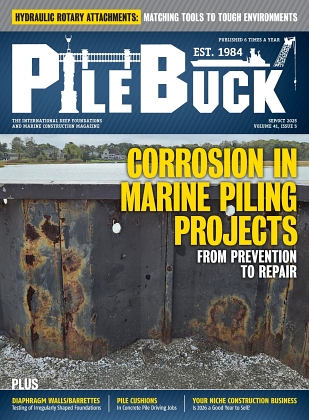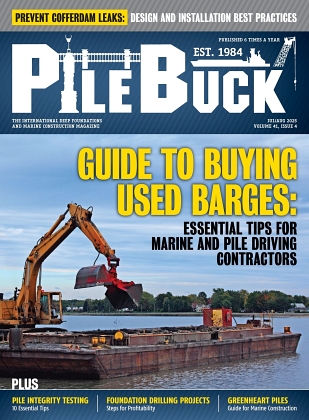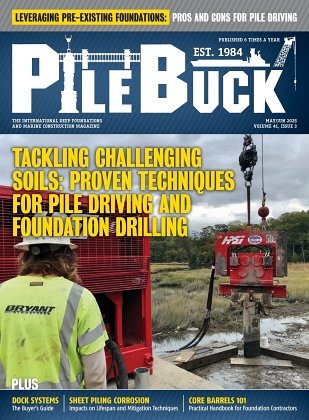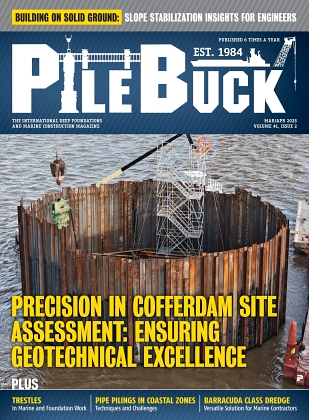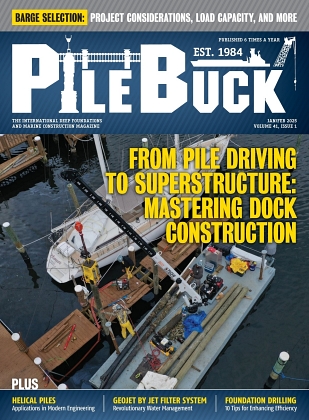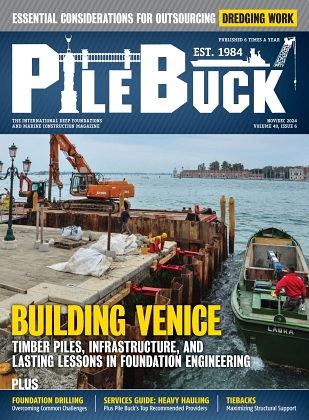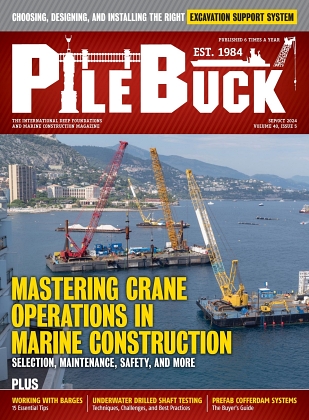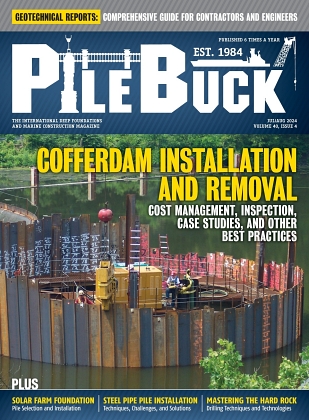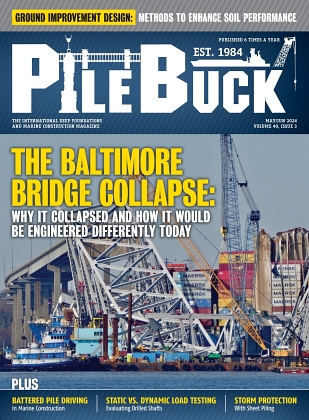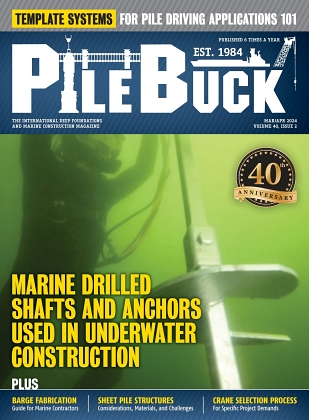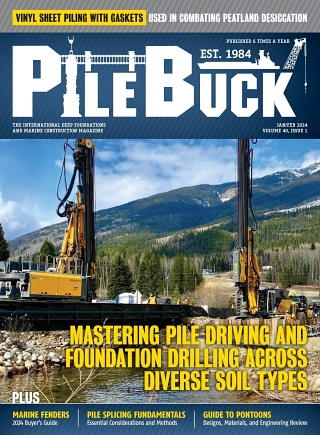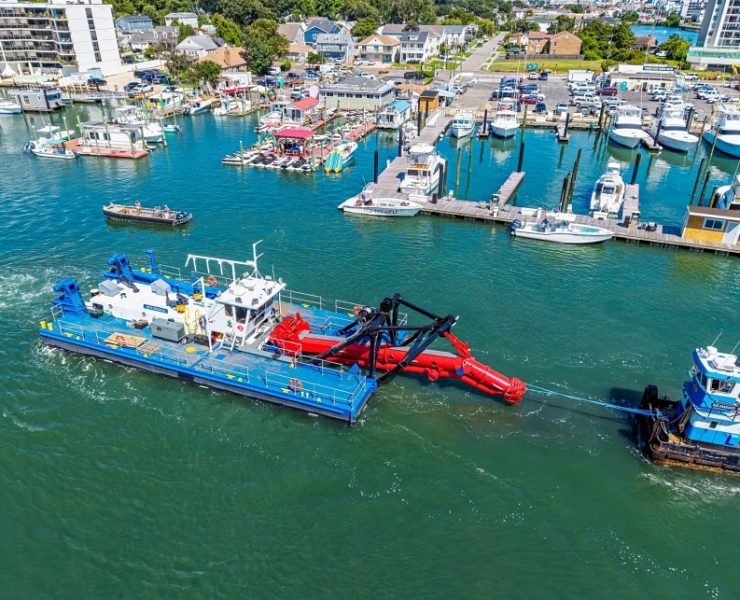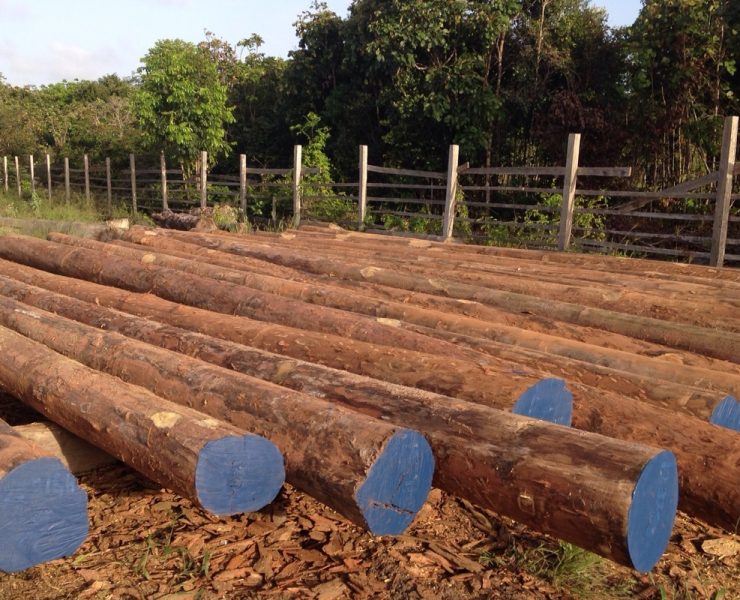From Prevention to Repair: Pile Buck’s Guide to Corrosion in Marine Piling Projects
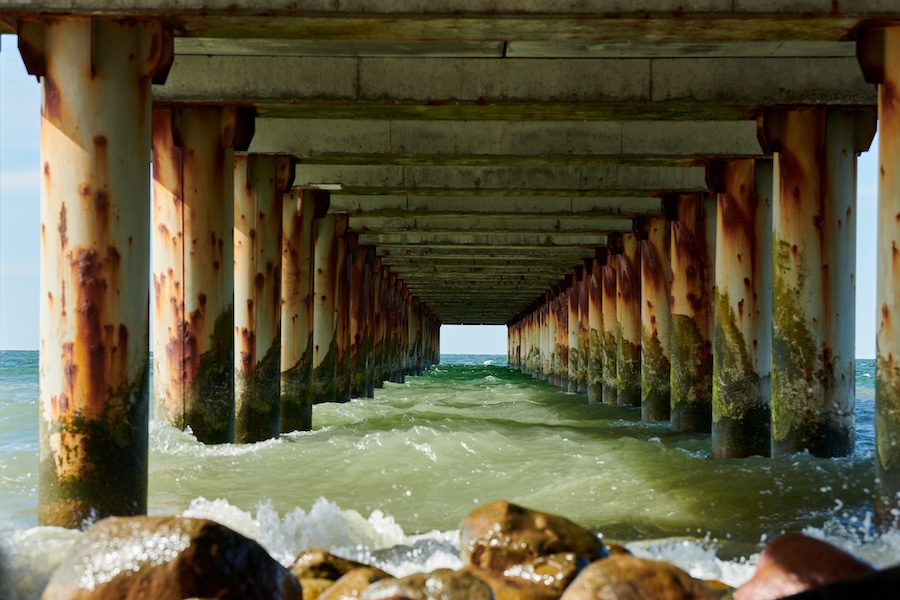
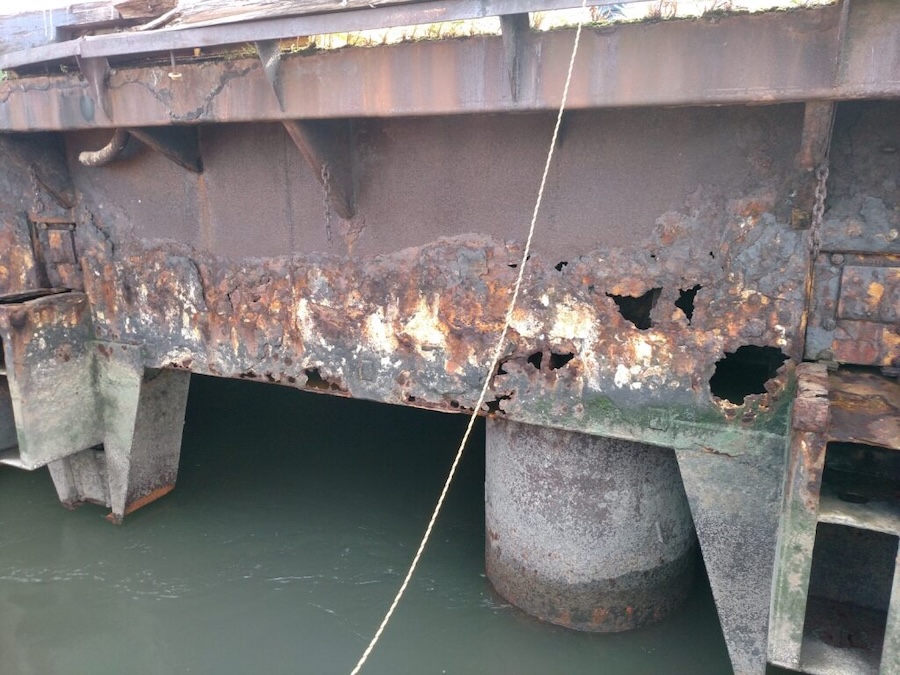
View the complete article here.
This guide addresses the challenges of corrosion affecting steel sheet piles and pipe piles in marine construction environments—where harsh conditions like saltwater exposure, tidal fluctuations, and biological activity can drastically shorten structural lifespans from an expected 50-75 years to as little as 15-20 years in aggressive settings.
Although this guide primarily focuses on steel sheet piles and pipe piles—owing to their essential role in pile driving for foundational support in structures like bridges, docks, seawalls, harbors, and offshore platforms—the underlying principles apply broadly to interconnected marine systems.
Understanding Corrosion Fundamentals in Marine Settings
Corrosion is fundamentally an electrochemical reaction involving the oxidation of steel in the presence of oxygen, water, and electrolytes such as chlorides—resulting in the formation of rust (primarily iron oxide) that compromises material integrity.
This process follows the basic anodic reaction Fe → Fe²⁺ + 2e⁻ and cathodic reaction O₂ + 2H₂O + 4e⁻ → 4OH⁻, leading to rust buildup in alkaline conditions common in marine waters.
In marine construction, corrosion is amplified across distinct exposure zones: the atmospheric zone encounters airborne salts with rates around 0.002 inches per year, the splash zone faces intense wet-dry cycles and abrasion causing up to 0.006 inches per year, the tidal zone experiences fluctuating immersion with initial rates of 0.004-0.055 mm per year, the submerged zone sees lower rates (0.25 mm at 5 years—escalating to 3.50 mm at 100 years in temperate seawater) due to protective marine growth, and the buried zone varies with soil aggressiveness—potentially reaching 5.75 mm over 100 years.
For steel sheet piles in seawalls or pipe piles in bridge piers, pile driving installation often introduces surface abrasions or microcracks that act as initiation points for corrosion—particularly in high-load areas like docks where vessel impacts add mechanical stress.
Common corrosion types include uniform corrosion causing general thinning, pitting corrosion from localized chloride penetration at rates up to 0.5 mm per year in tidal zones, galvanic corrosion when dissimilar metals like steel and copper fittings interact in electrolytes, crevice corrosion in confined spaces such as pile interlocks where oxygen depletion creates acidic environments, stress corrosion cracking combining tensile stresses from driving or loads with corrosive media leading to brittle failures, and erosion-corrosion from high-velocity water flows stripping protective layers.
All these are exacerbated by MIC, where bacteria like SRB in anaerobic sediments produce hydrogen sulfide—accelerating rates by 20-30% and forming black, flaky deposits as seen in Florida bridge failures.
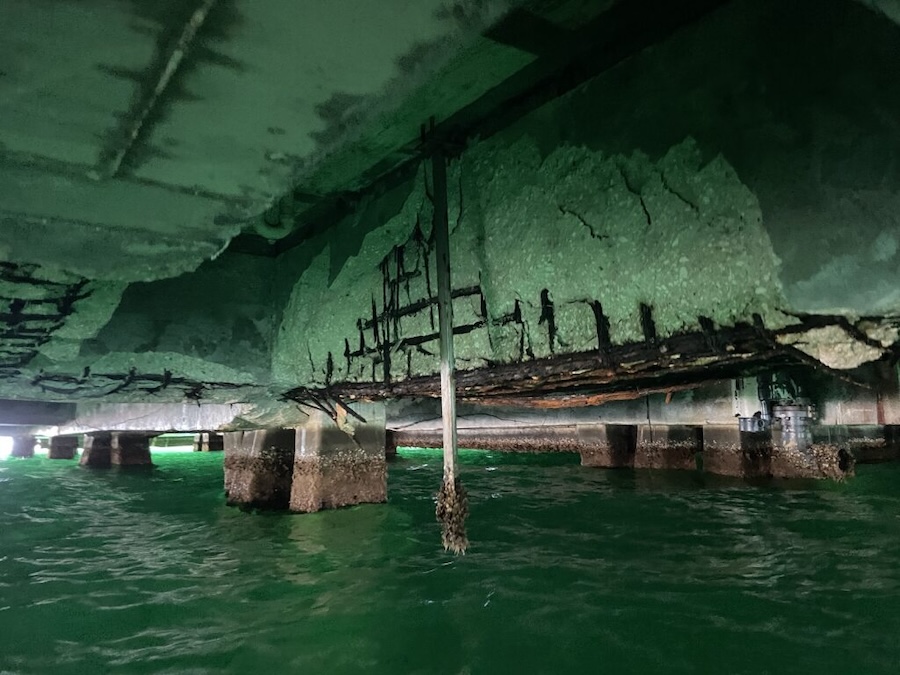
Key Factors Accelerating Corrosion in Marine Construction
Numerous environmental and operational factors drive corrosion in marine steel pile projects, requiring thorough site evaluations to mitigate risks.
Water chemistry is critical—with high salinity (e.g., 35 ppt in oceans), low pH below 5.5, chlorides over 500 ppm, sulfates exceeding 1,500 ppm, and dissolved oxygen levels promoting rapid rust formation. For instance, in polluted harbors, these can lead to 4.30 mm section loss over 100 years.
In buried or soil zones under docks and bridge abutments, disturbed fills or aggressive soils with resistivity below 1,100 ohm-cm are highly corrosive compared to undisturbed natural soils—contributing to up to 5.75 mm loss per century.
Tidal action, waves, and currents not only alternate wetting and drying in splash zones but also cause mechanical abrasion—removing passive oxide layers and accelerating rates in industrial ports with warmer waters (above 20°C) or pollutants.
Mechanical influences include pile driving impacts that damage surfaces, debris scour in offshore platforms, and sustained structural loads on bridges that induce stress-assisted corrosion.
Stray currents from nearby electrical utilities, railways, or cathodic protection systems on adjacent structures can induce electrolytic corrosion—while biological factors like macrofouling (barnacles, mussels) trap moisture and foster MIC hotspots.
Comprehensive site assessments—incorporating soil resistivity testing, pH and redox potential analysis, bacterial culturing for SRB, and historical data from similar projects (e.g., big data mining of 2.4 million weathering steel corrosion records)—are essential for accurate risk prediction in endeavors like offshore wind farms or port expansions.
Strategies for Corrosion Prevention
Effective prevention integrates material selection, protective barriers, and electrochemical methods tailored to marine demands.
Choose corrosion-resistant steels such as ASTM A690 mariner grade with added chromium (0.5-1.25%) and copper (0.2-0.5%) for superior resistance in saltwater, or ASTM A588 weathering steel for atmospheric zones in bridge superstructures—reducing rates by up to 50% compared to plain carbon steel.
Incorporate sacrificial thickness by adding extra steel (0.001-0.006 inches per year allowance, doubled for sheet piles’ two-sided exposure) to offset projected losses in docks or seawalls.
Coatings serve as primary barriers, with lifespans of 15-20 years. Traditional coal tar epoxy provides robust protection at low cost—while modern polyamide epoxies offer environmental benefits, glass flake epoxies resist abrasion, and zinc-rich primers (organic or inorganic) deliver cathodic action—cutting corrosion rates by 40-60%.
Application requires surface preparation via abrasive blasting to SSPC-SP 10/NACE No. 2 near-white metal finish for optimal adhesion, with dry film thicknesses of 16-26 mils; advanced duplex systems pair hot-dip galvanizing (ASTM A123, providing 85-200 microns zinc) with epoxy topcoats for synergistic protection in submerged pipe piles—extending service life beyond 30 years in marine settings.
Cathodic protection (CP) shifts steel to a cathodic state. Sacrificial anode CP (SACP) employs zinc, aluminum, or magnesium anodes for passive, maintenance-free protection in smaller sheet pile walls—extending life by 20-30 years. Impressed current CP (ICCP) uses powered inert anodes like titanium for larger bridge structures, requiring fewer units but ongoing monitoring.
Design strategies include angling piles to reduce splash exposure, using double piling or corrosion-resistant interlocks, selecting non-corrosive backfill, installing silt curtains during construction, and applying corrosion inhibitors like phosphates or molybdates for temporary shielding during installation.
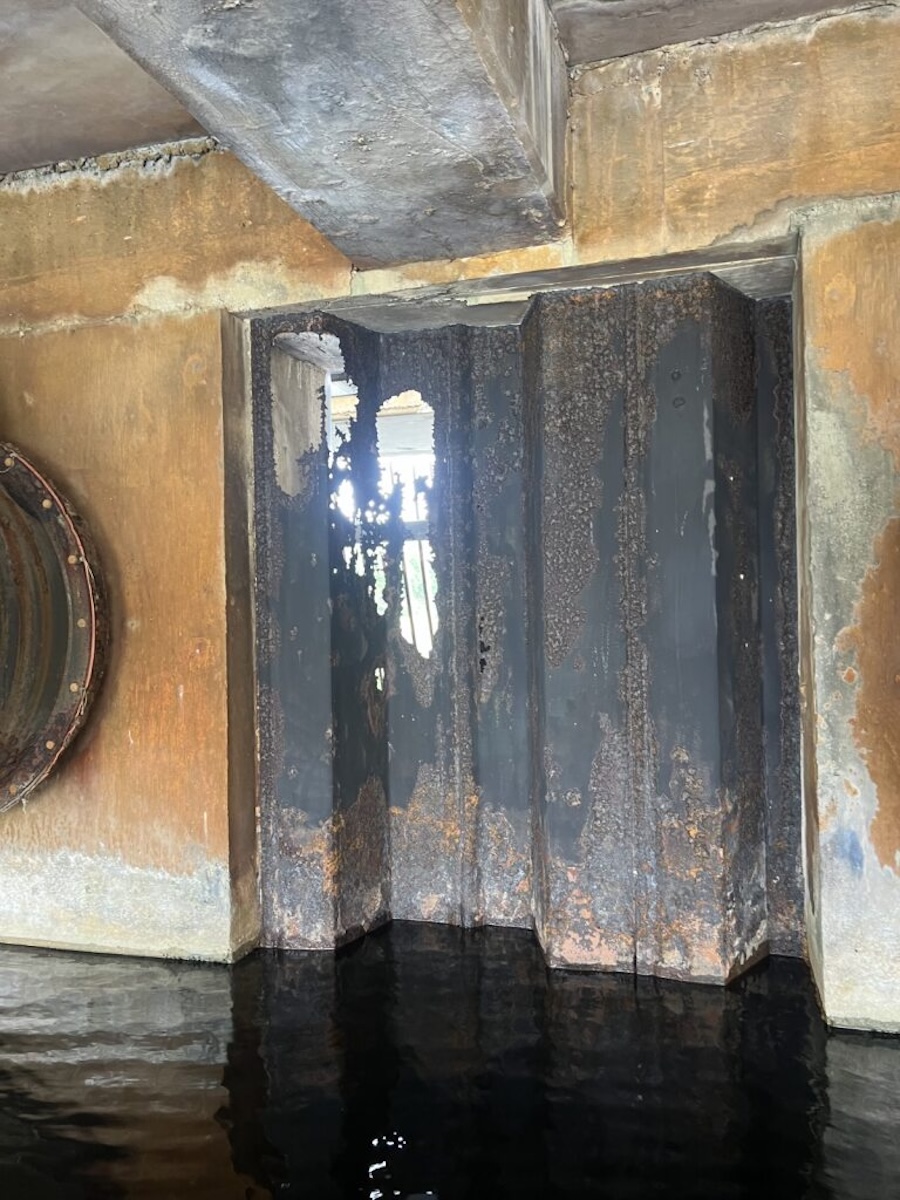
Detection and Monitoring Techniques
Proactive detection prevents minor issues from escalating into failures, with a multi-tiered approach recommended for marine assets.
Visual inspections identify rust staining, pitting, discoloration, or buckling biannually—focusing on high-risk splash and tidal zones in bridges and docks.
Non-destructive techniques include ultrasonic thickness gauging to quantify section loss with accuracy to 0.1 mm, magnetic particle inspection for surface cracks, electrochemical impedance spectroscopy to assess coating integrity, and half-cell potential mapping to detect active corrosion sites.
For inaccessible areas, deploy drones or remotely operated vehicles (ROVs) with high-resolution cameras and thermal imaging to spot heat anomalies from active corrosion.
Embedded real-time sensors—such as linear polarization resistance probes or fiber-optic distributed sensors—monitor corrosion rates, pH shifts, and non-uniform degradation in splash zones, providing data for predictive maintenance.
In MIC-susceptible sites like Florida rivers, conduct microbiological sampling for SRB counts and DNA analysis—correlating with pitting as in the Mickler-O’Connell case.
Treatment and Repair Approaches
Upon detection, treatments aim to arrest corrosion and restore structural capacity—often combining surface remediation with reinforcement.
Begin with surface preparation using high-pressure water jetting or sandblasting to remove loose rust and contaminants, achieving a clean profile for adhesion.
Coating repairs involve reapplying epoxies, polyurethanes, or encapsulations like petrolatum-impregnated tape wrapped in HDPE jackets for splash zones—providing a flexible, waterproof barrier.
Another approach that works for both piles and sheet piles is to provide an FRP shell (or panels for walls) to at a distance from the structure and fill the annular space with grout. This provides a permanent impervious barrier that keeps moisture and oxygen away from the structure, bringing the corrosion rate to insignificant levels.
For structural integrity, use steel or non-corroding FRP jacketing with grout-filled annular spaces around damaged pipe piles, welding patches for localized holes (ensuring compatible filler metals), or epoxy injection to seal microcracks and voids. A newly developed system by PileMedic® allows full transfer of loads between the grout and the pipe pile with zero onsite welding which reduces cost and facilitates permitting for such repairs.
In severe cases—splicing new sections via bolting or welding, underpinning with additional micropiles to redistribute loads, or concrete encasement using high-performance marine-grade concrete protects tidal and submerged areas in bridge foundations.
Retrofitting CP systems, as in Florida bridges, involves attaching supplemental anodes to halt ongoing corrosion—while antifouling coatings with biocides prevent macrofouling that amplifies MIC.
Advanced treatments include cementitious composites with corrosion inhibitors and MOF-infused repairs for smart, responsive healing.
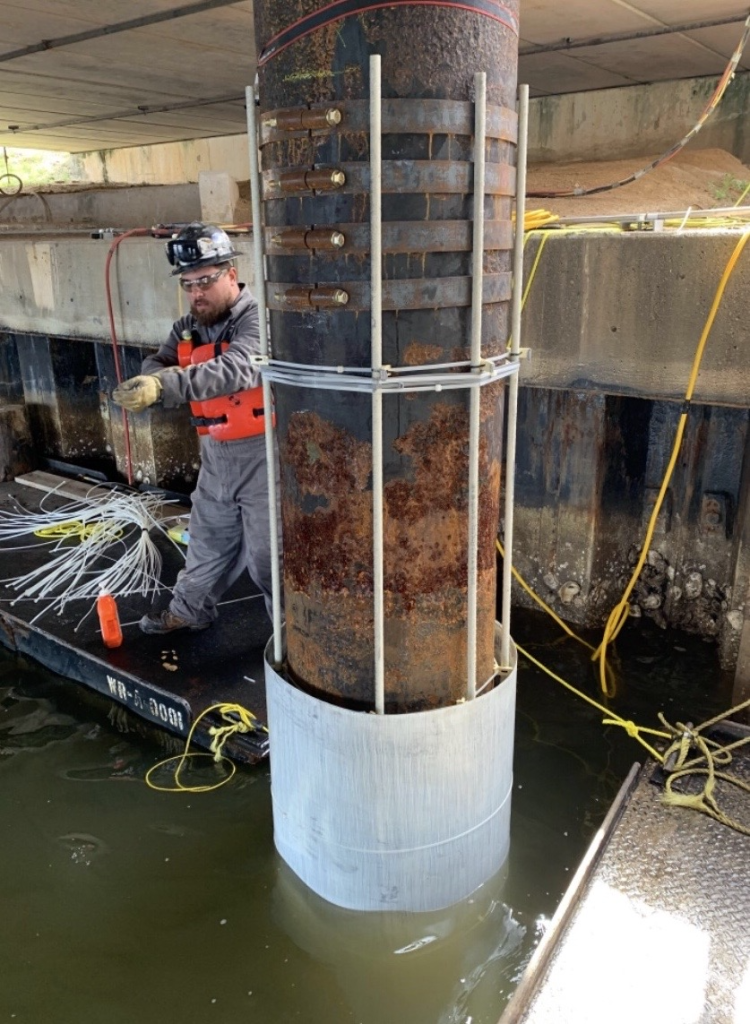
Tips for Corrosion Prevention and Treatment
To conclude this guide, we’ve put together a list of essential tips to consider on your next marine construction project:
- Before any pile driving begins—conduct comprehensive evaluations of soil resistivity, water chemistry, pH levels, and bacterial presence to predict corrosion risks accurately—allowing for tailored prevention strategies that can extend structure lifespans by 20-50 years in aggressive marine environments.
- Combine coatings (such as epoxy with zinc primers), cathodic protection (sacrificial or impressed current), and sacrificial steel thickness to create robust barriers against uniform, pitting, and MIC—as single methods often fail in dynamic tidal and splash zones of bridges and docks.
- Schedule biannual visual and advanced inspections using ultrasonics, drones, and real-time sensors to detect early signs of corrosion—enabling timely interventions that prevent minor issues from escalating into costly structural failures.
- Opt for alloys like ASTM A690 mariner steel and incorporate design features such as angled installations or non-corrosive backfills to minimize exposure—ensuring compatibility with marine conditions in seawalls, harbors, and offshore platforms for optimal durability.
- Study failures like MIC-driven pitting in bridge piles to refine approaches, while integrating newer innovations such as AI monitoring and self-healing coatings to enhance predictive maintenance—ultimately reducing long-term costs and improving safety in marine construction projects.
View the complete article here.
How can corrosion in marine piling projects be prevented?
Use corrosion-resistant steel, protective coatings, and cathodic protection systems to minimize rust and extend pile life.
What’s the best way to repair corroded marine piles?
Apply FRP or steel jacketing with grout filling to restore strength and stop further corrosion.

